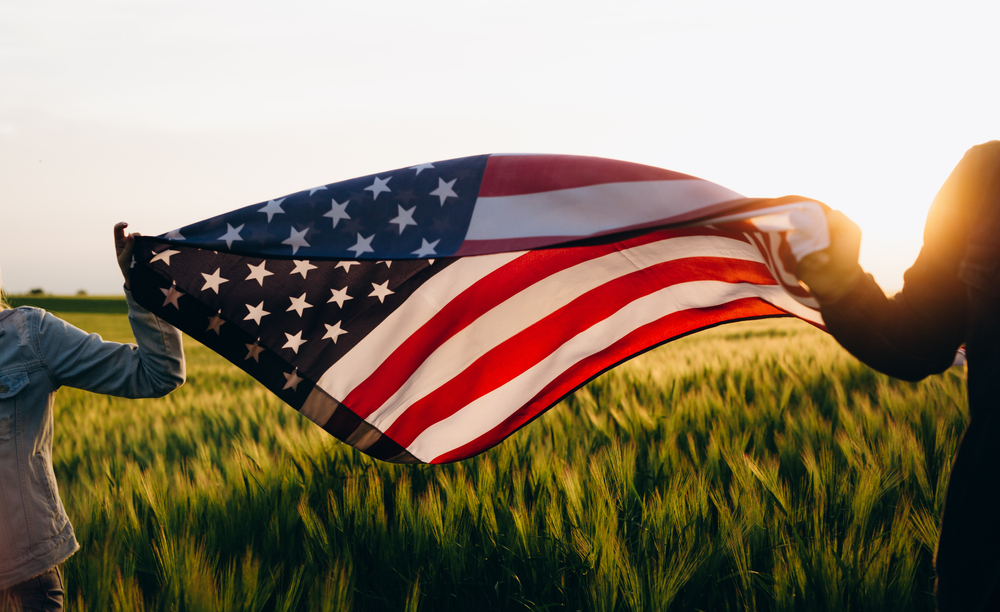Labor Day is one of the most recognized holidays in the United States, yet its history is often overlooked. Many see it as just a long weekend to enjoy one last summer barbecue or getaway, but the story behind it is much deeper. The holiday reflects decades of worker struggles, victories, and social change, offering a fascinating look at how American labor rights developed. Here are eight surprising facts about Labor Day that reveal why it matters more than most people realize.
1. Labor Day Was Born From Labor Unrest
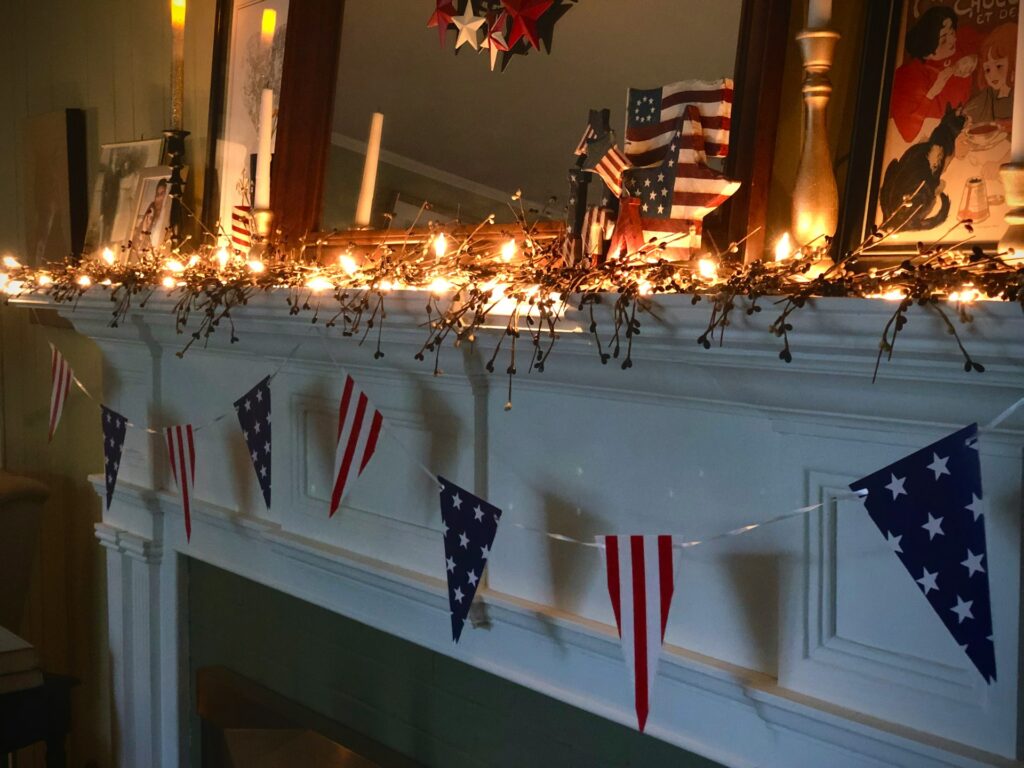
Labor Day emerged during the height of the labor movement in the late 19th century. At that time, industrial workers faced exhausting schedules, often working 10 to 12 hours a day, six days a week, with little protection for their safety. Child labor was widespread, and dangerous conditions were common in factories, railroads, and mines. Workers began organizing to demand shorter hours, better pay, and safer workplaces. The holiday was introduced as a way to recognize those demands and honor the contributions of the labor force. It became both a celebration of progress and a reminder of the sacrifices made by workers to achieve fair treatment.
2. The First Labor Day Parade Happened in 1882
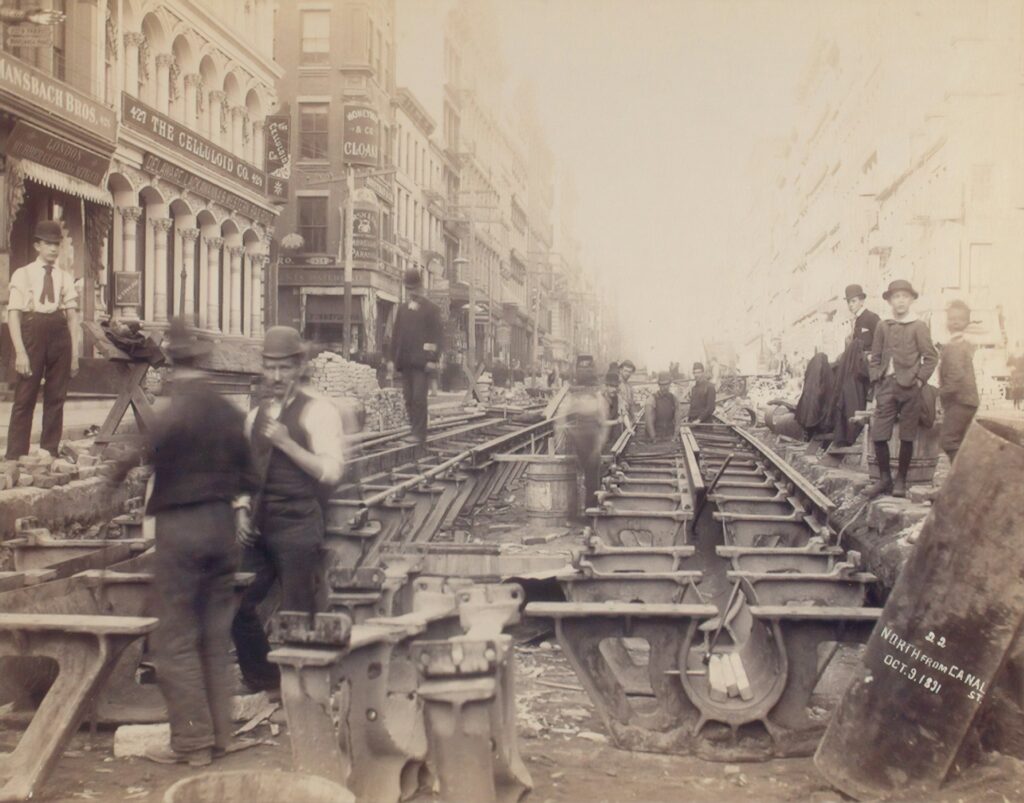
The first official Labor Day parade took place in New York City on September 5, 1882. More than 10,000 workers joined together, taking unpaid leave from their jobs to march down the streets. They carried signs demanding shorter workdays and better wages, while bands played music and families joined in the celebration. The event was organized by the Central Labor Union and was designed to showcase the strength of organized labor. The parade not only raised awareness about worker rights but also inspired similar demonstrations across the country, creating a tradition that continues in many cities today.
3. It Became a Federal Holiday After a Tragedy
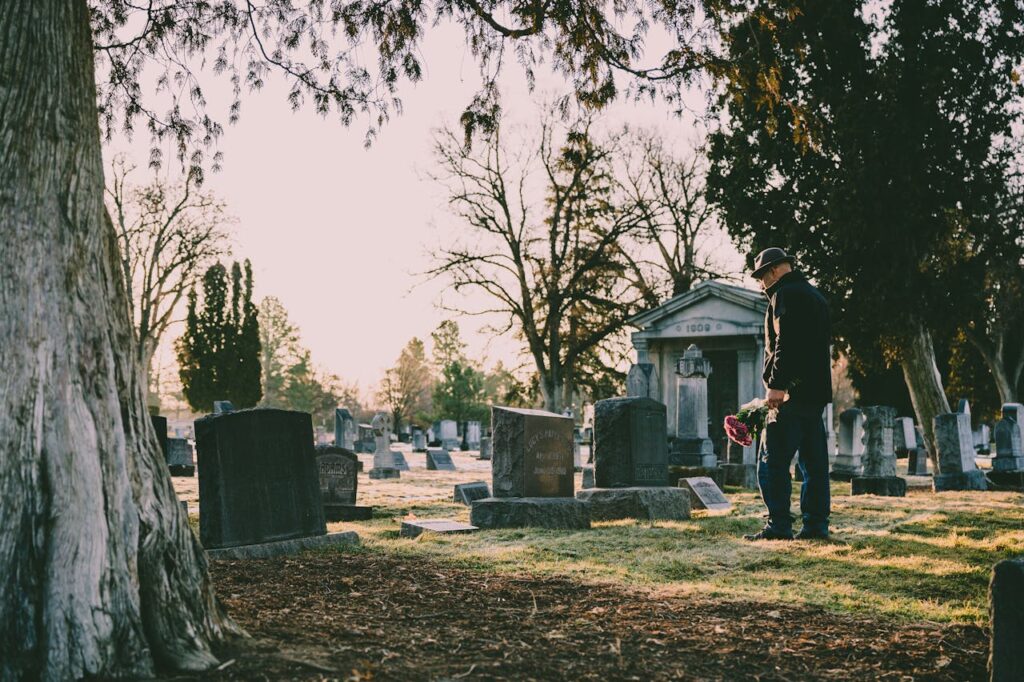
Although Labor Day celebrations spread quickly, it did not become an official federal holiday until 1894. The turning point came after the Pullman Strike, a nationwide railroad strike that began in Chicago and spread across the country. When workers protested wage cuts and poor conditions, federal troops were sent in to break the strike. Violence followed, and more than 20 workers were killed, with many others injured. In an effort to calm tensions and show support for workers, President Grover Cleveland signed legislation making Labor Day a national holiday. The decision came just days after the strike ended, marking a significant turning point in the government’s relationship with organized labor.
4. The Holiday Was Created to Avoid May Day
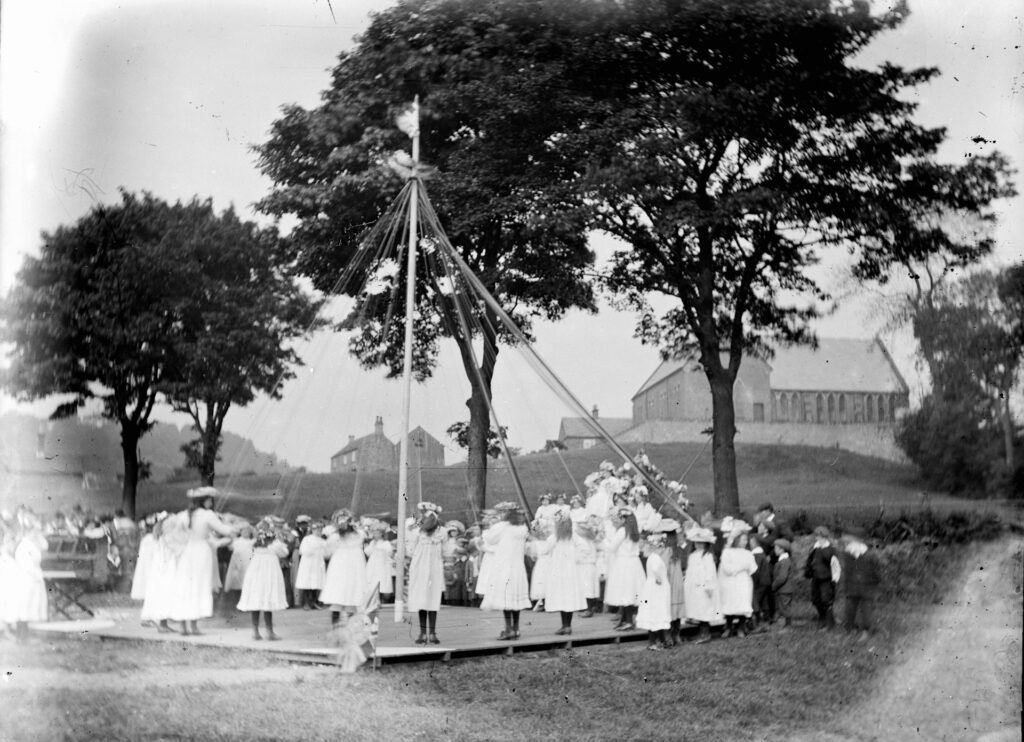
While much of the world celebrates International Workers’ Day on May 1, the United States deliberately chose September for its labor holiday. May Day had become linked to the Haymarket Affair of 1886 in Chicago, when a labor rally demanding an eight-hour workday ended in violence after a bomb exploded, killing both police and civilians. Because May Day was associated with radical movements and socialism, American leaders wanted to create a separate holiday that celebrated labor without the same political overtones. Placing Labor Day in September distinguished it from international observances, giving it a uniquely American identity while still honoring workers’ achievements.
5. Labor Day Marked the Rise of the Eight-Hour Workday
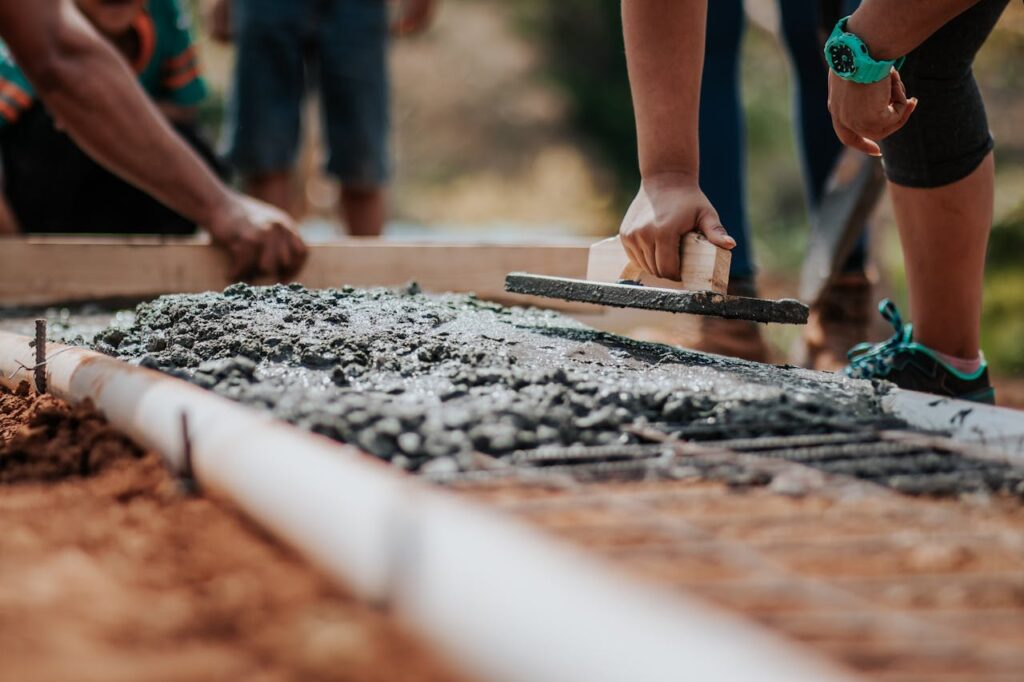
One of the most important goals of the labor movement was the eight-hour workday, something many of us take for granted today. Before the movement, it was common for people to work sunrise to sunset with little time left for family life or personal rest. Labor Day events became a platform for the slogan “Eight hours for work, eight hours for rest, eight hours for what we will.” Over time, this idea gained momentum, and by the early 20th century, many industries began adopting the eight-hour standard. It reshaped American life by creating balance between work and leisure, influencing labor laws that still protect workers today.
6. It Is the Third Most Popular Day for Barbecues
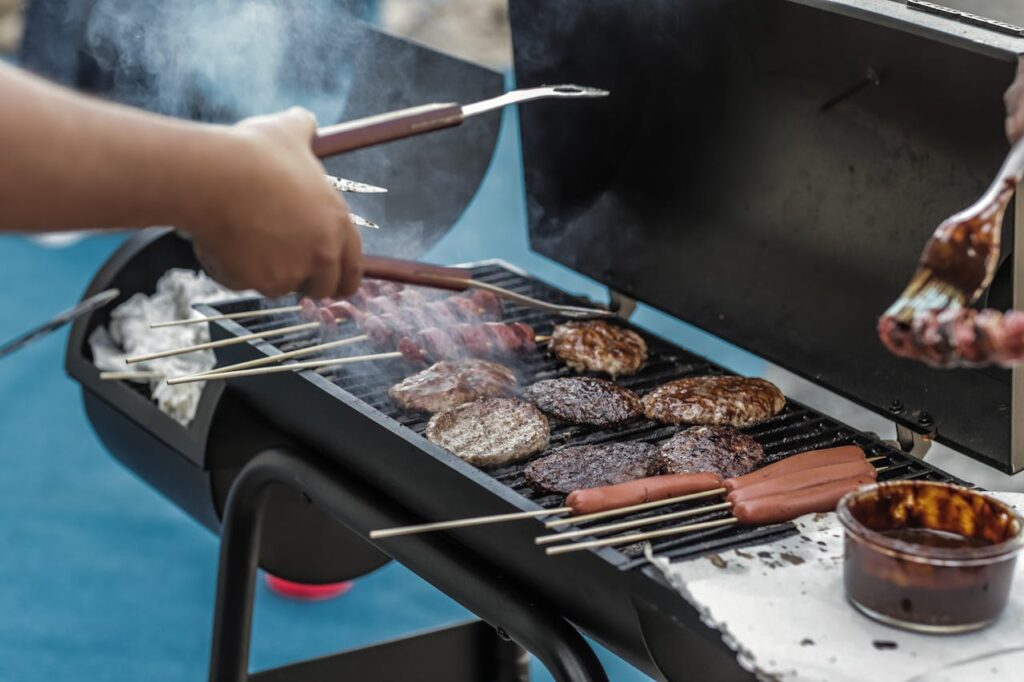
Although Memorial Day and the Fourth of July usually get the spotlight for cookouts, Labor Day consistently ranks as the third most popular holiday for barbecues. Surveys show that millions of Americans use the long weekend to gather outdoors, grill food, and spend time with friends and family. The timing of the holiday makes it ideal, since it often falls just before school resumes and cooler weather sets in. Communities also hold public festivals, picnics, and parades, blending the serious history of labor rights with lighter traditions of food and celebration. This combination of remembrance and relaxation is part of what makes Labor Day unique compared to other holidays.
7. Labor Day Is Considered the Unofficial End of Summer

Labor Day has long been associated with seasonal change. In many parts of the country, pools close after the holiday, schools resume, and the summer season officially winds down. For decades, the holiday also shaped American fashion. The old saying “no white after Labor Day” became a cultural rule in the early 20th century, tied to class distinctions and seasonal clothing practices. Although this guideline is no longer widely followed, the holiday still symbolizes transition. From sports schedules to retail sales, Labor Day weekend marks a turning point from leisure-filled summer months to the busier routines of fall.
8. Other Countries Celebrate Labor on Different Days
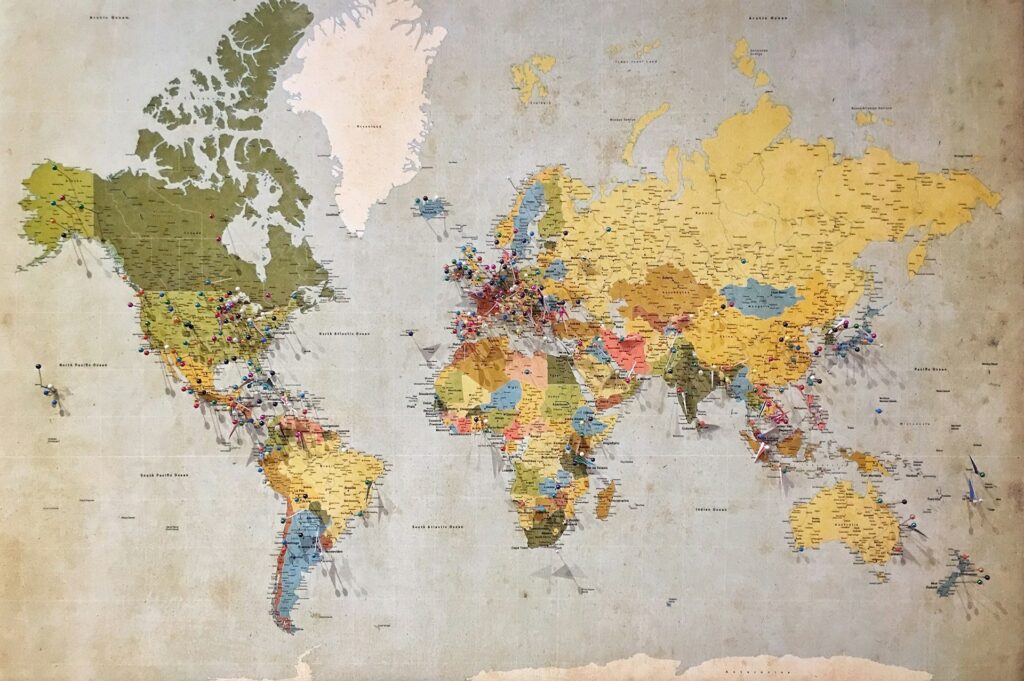
Labor Day in the United States is distinct because most countries celebrate workers on May 1. International Workers’ Day is recognized in more than 80 nations, including France, Germany, and China, where it often involves marches, festivals, and public demonstrations. The difference in dates highlights a major cultural divide. While the U.S. wanted to distance its holiday from socialist movements abroad, other countries fully embraced May 1 as a symbol of labor solidarity. This makes American Labor Day unique, since it blends political origins with cultural traditions like barbecues, sales, and family gatherings, giving it a dual identity not seen in other nations.
Cookouts and Sales
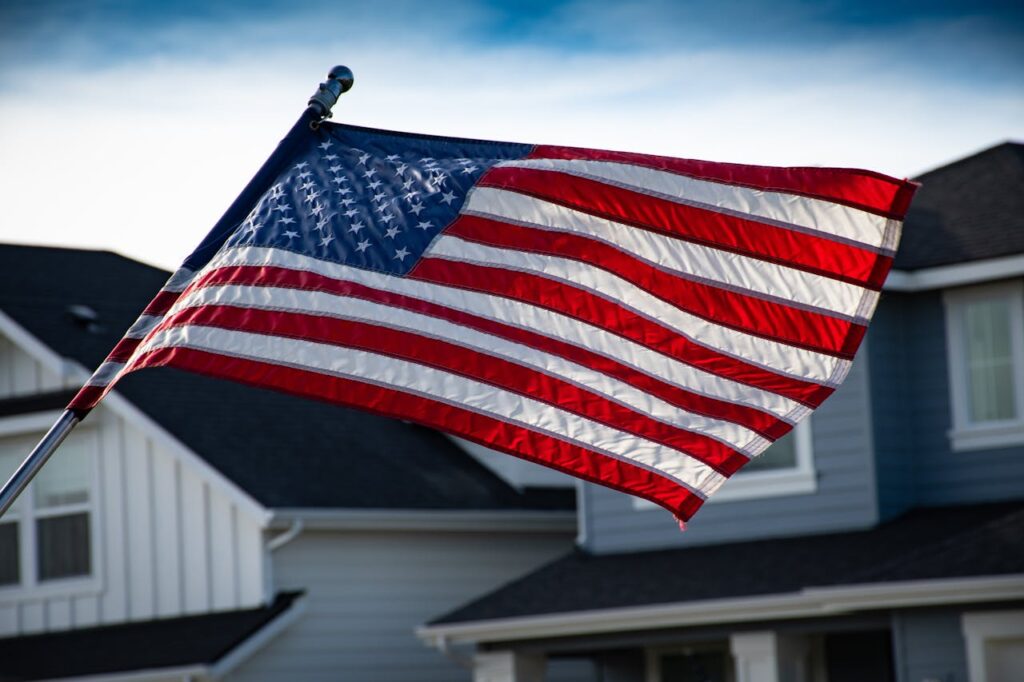
Labor Day may be seen today as a day for cookouts and sales, but its origins reveal a much deeper story. The holiday grew out of the struggles of 19th-century workers, was shaped by both tragedy and victory, and continues to reflect the importance of labor rights in daily life. From the first parade in 1882 to its establishment as a federal holiday after the Pullman Strike, it represents the progress workers fought to achieve. Beyond marking the unofficial end of summer, it serves as a yearly reminder that labor rights were won through effort, sacrifice, and determination. The next time you enjoy a Labor Day weekend barbecue or parade, you will know there is much more history behind the holiday than meets the eye.
Read More: Two Heartwarming Holiday Ads That Will Tug at Your Heartstrings
Disclaimer: This article was created with AI assistance and edited by a human for accuracy and clarity.
